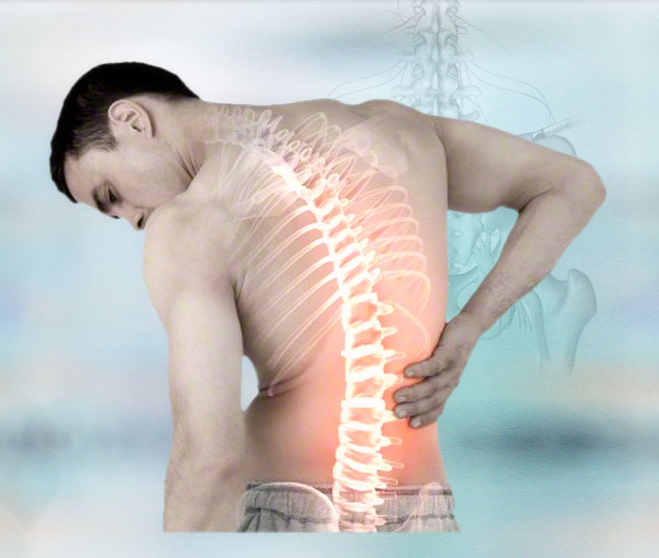
Post herpetic neuralgia (after shingles pain) (PHN) is often a very difficult to manage neuropathic pain affecting up to 10% of the UK population. Age is very important risk factor and it is estimated that 75% of patients over 70 will get PHN. There is no cure available as yet and early initiation of oral antiviral therapy, simple analgesics (Paracetamol, codeine) , anticonvulsants (gabapentin, pregabalin) and tricyclics(amitriptyline) have been the mainstay of pharmacological treatment. The side effects and drug interactions in this age group have meant that compliance has often been low and outcome unsatisfactory. Pain is often intense and described as shooting, burning or throbbing and can be debilitating enough to reduce quality of life, activities of daily living and cause depression, social isolation and suicidal ideation.
Capsaicin 0.025-0.075% cream has been available for this condition for many years but recently a high dose capsaicin 8% patch (Qutenza) has been licensed for the management of peripheral neuropathic pain in non-diabetic adults. A single 30min-60min application of the patch has been shown to reduce pain significantly following shingles attacks for as long as 12 weeks. It could provide a unique treatment option for elderly patients as it is targeted directly to the site of the pain and may be used alone or in combination with existing therapies with hardly any interactions.
Capsaicin selectively binds to a cutaneous receptor TRPV1 present on nociceptive epidermal sensory nerve fibres. Prolonged exposure to capsaicin causes TRPV1-containing sensory axons to lose end branches and terminals, resulting in a reduction of pain transmission. This “pruning back” of nerve endings is confined to the pain fibres only and does not affect other sensations. A number of randomised active controlled trials performed in patients with post herpetic neuralgia and painful HIV neuropathy has demonstrated good tolerability and up to 30% mean improvement in pain control scores over 12 weeks. Patients tolerated the procedure well and there was a high degree of satisfaction as evidenced in a case series reported from London.
Pain at the application site and erythema has been the most common adverse effects and transient increase in blood pressure has also been noted. Treatment related pain is reduced by pre-treating the area with local anaesthetic (EMLA) and the use of an oral opioid. Up to four patches can be applied a t any one time and it is suitable for localised neuropathic pain below the neck.. The patches can only be applied under consultant supervision by suitably trained staff and is presently offered by specialist Pain clinics in RBH and the Spire Dunedin.
Although the Berkshire PCT has approved the use of the patch for PHN that is refractory to usual conservative therapy, there have been studies evaluating the patch for use in painful HIV and chemotherapy related neuropathy. Given that it is licences d for use in peripheral neuropathic pain, capsaicin 8% patch(Qutenza) would be a very useful topical treatment option and improve compliance in patients who might be otherwise be on multiple medication with the risk of adverse drug interactions.
As with any treatment, patient selection is very important to maximise good outcomes and improve patient satisfaction. If you have a suitable patient please refer to Dr.Deepak.at the Spire Dunedin.
